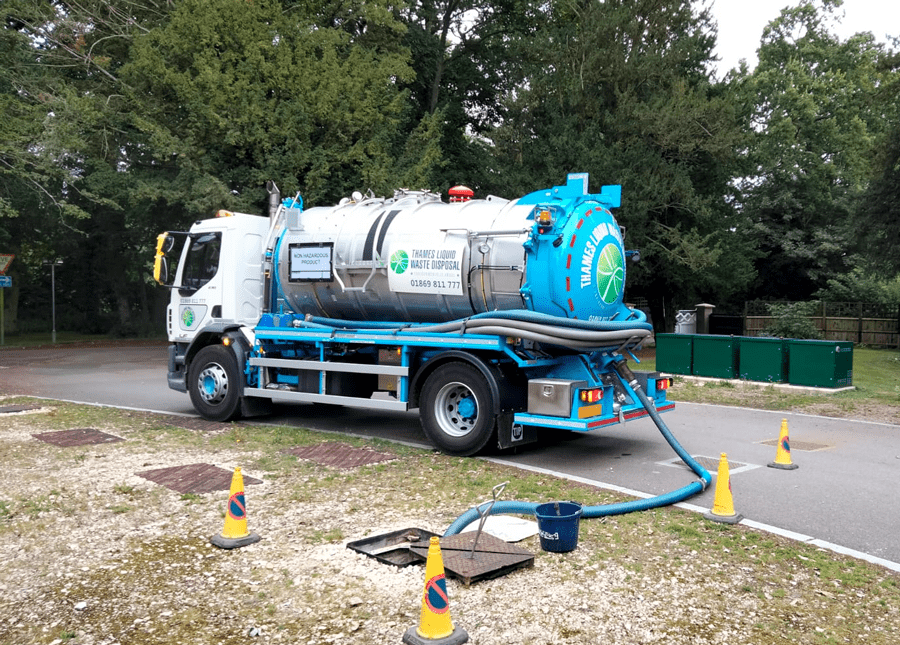Reclaim Waste Things To Know Before You Buy
The 8-Minute Rule for Reclaim Waste
Table of ContentsReclaim Waste Fundamentals Explained3 Easy Facts About Reclaim Waste ShownReclaim Waste Fundamentals ExplainedSome Ideas on Reclaim Waste You Should KnowWhat Does Reclaim Waste Mean?
Residential sewage waste refers to the waste and items from a household septic container. The correct management and disposal of residential sewer waste require fluid waste to be moved to a sewage therapy plant where the correct methods and tools are applied to cleanse and dispose of waste.
Commercial waste typically consists of potential hazards, such as combustible products or a combination of liquid and solid waste products, and calls for a more innovative and comprehensive disposal process. The disposal of industrial waste typically involves the filtering of waste prior to transportation to make sure secure and appropriate disposal. Hazardous waste is developed from byproducts and runoff of commercial procedures and manufacturing.
This type of waste can not use the exact same sewage monitoring transport or procedures as septic or commercial fluids. The commercial waste monitoring procedure requires the inspection and testing of liquid waste prior to it goes through the disposal procedure (liquid waste removal). Overflow waste is the fluid waste that originates from drainage and excess stormwater in extremely booming areas or cities
Runoff waste can trigger contamination and flooding otherwise managed effectively. Discover more concerning sewer cleansing and waste monitoring. Making certain correct waste monitoring can protect against calamities and lower ecological damage. Both people in residential settings and experts in business or production industries can benefit from comprehending the procedures and policies of fluid waste monitoring.
10 Easy Facts About Reclaim Waste Described
Call PROS Providers today to learn concerning our waste management and disposal solutions and the appropriate methods to look after the fluid waste you produce.
(https://allmyfaves.com/reclaimwaste1?tab=Reclaim%20Waste)Do you recognize what happens to your water when you disengage, purge the bathroom or drain pipes the washing machine? No? Well, it deserves recognizing. This so-called 'wastewater' is not just an essential resource however, after treatment, will certainly be released to our land, waterways or the sea. Made use of water from toilets, showers, bathrooms, kitchen sinks, washings and commercial processes is understood as wastewater.

water utilized to cool equipment or tidy plant and tools). Stormwater, a kind of wastewater, is runoff that streams from agricultural and metropolitan areas such as view it roofings, parks, gardens, roadways, courses and seamless gutters right into stormwater drains, after rain. Stormwater flows without treatment directly to local creeks or rivers, ultimately getting to the sea.
Our Reclaim Waste Diaries
In Queensland, most wastewater is dealt with at sewage therapy plants. Wastewater is delivered from domestic or industrial websites through a system of drains and pump terminals, recognized as sewage reticulation, to a sewer therapy plant.
The Department of Natural Resources recommends local governments regarding handling, operating and keeping sewage systems and treatment plants. In unsewered locations, city governments may call for householders to mount specific or house sewage treatment systems to treat residential wastewater from commodes, kitchens, restrooms and washings. The Department of Natural Resources authorises making use of house systems when they are shown to be effective.
Most stormwater gets no therapy. In some new communities, treatment of some stormwater to remove litter, sand and crushed rock has actually begun using gross toxin catches. Wastewater therapy happens in four phases: Removes solid issue. Bigger solids, such as plastics and other objects wrongly discharged to sewage systems, are removed when wastewater is passed with screens.
Makes use of small living organisms knows as micro-organisms to break down and remove continuing to be dissolved wastes and great fragments. Micro-organisms and wastes are integrated in the sludge.
See This Report on Reclaim Waste
Nutrient elimination is not readily available at all sewer treatment plants because it needs expensive specialist devices. It is becoming more typical in Queensland. Clear liquid effluent generated after therapy might still consist of disease-causing micro-organisms. If this effluent is released into waterways such as rivers or the sea, the micro-organisms will eventually pass away out.

Most wastewater moves right into the sewage system. Under the Act, neighborhood federal governments carry out authorizations and permits for ecologically relevant tasks (Ages) entailing wastewater releases that may have a local influence.
Some Known Details About Reclaim Waste
Otherwise, samples are considered research laboratory analysis. Commonly lots of examinations are needed to establish the degrees of each of the different toxins such as oils, heavy steels and pesticides in water. Tracking gives accurate details about water high quality and can confirm that permit conditions are being satisfied. The details gotten through monitoring provides the basis for making water top quality decisions.